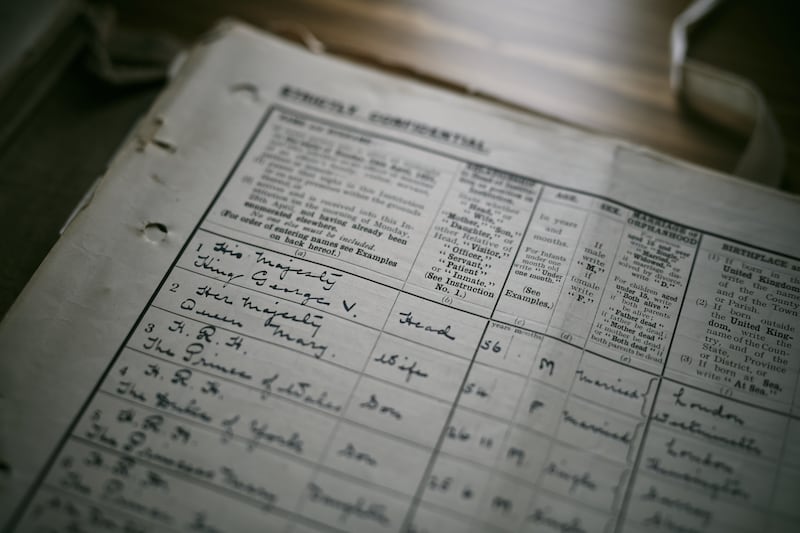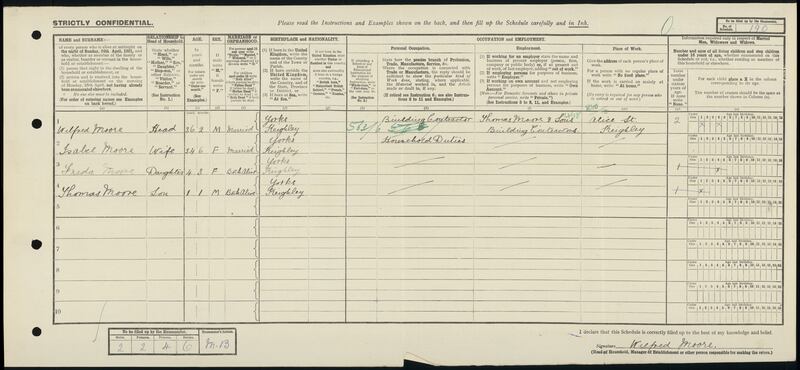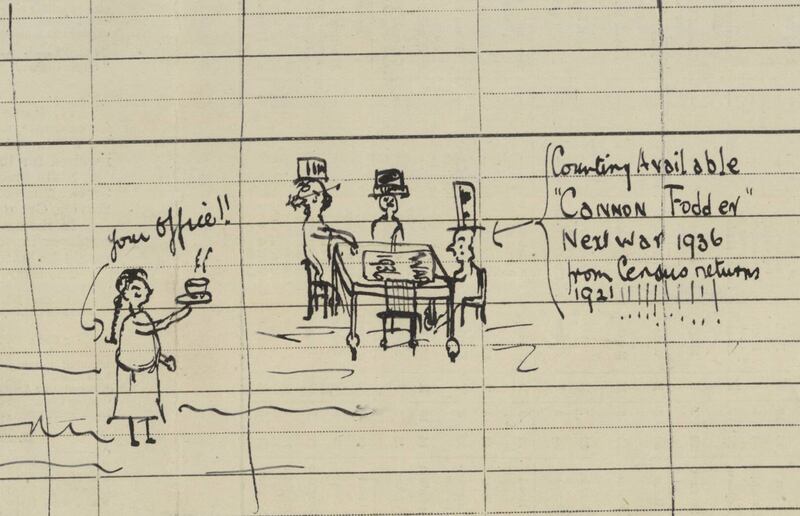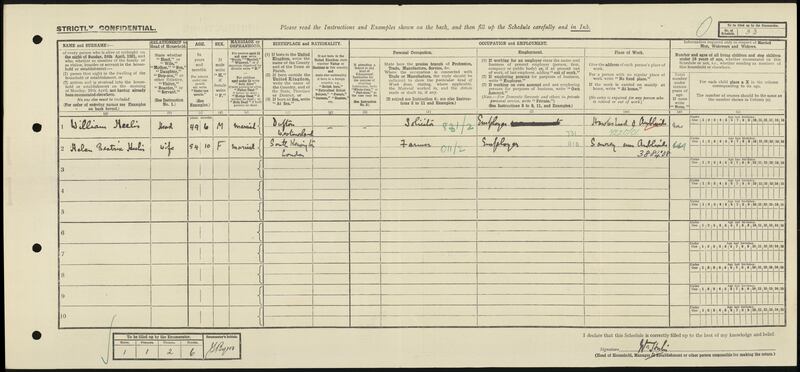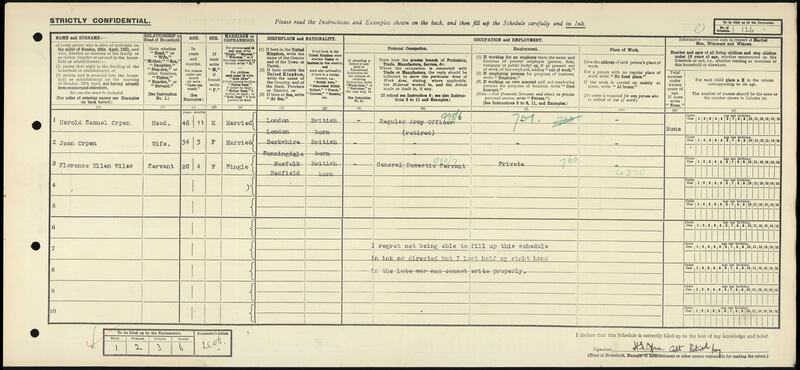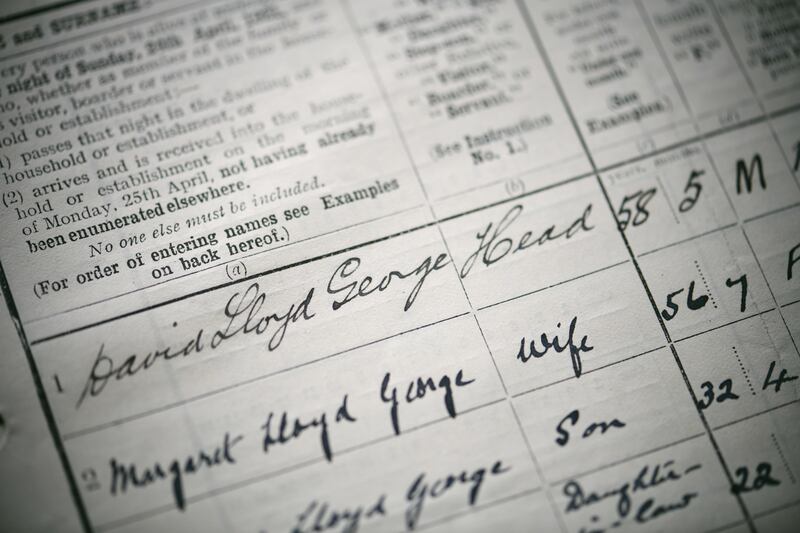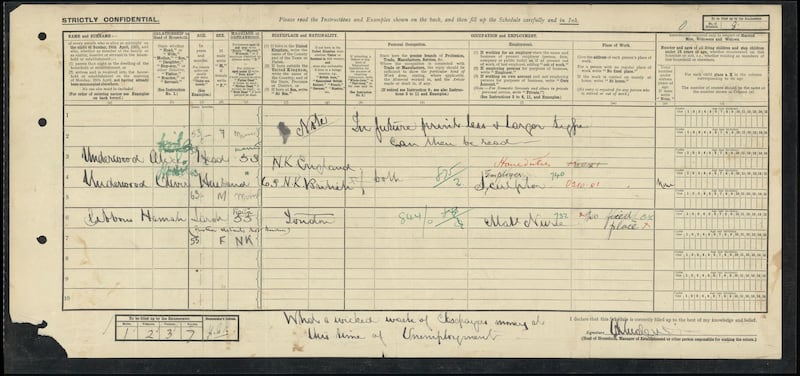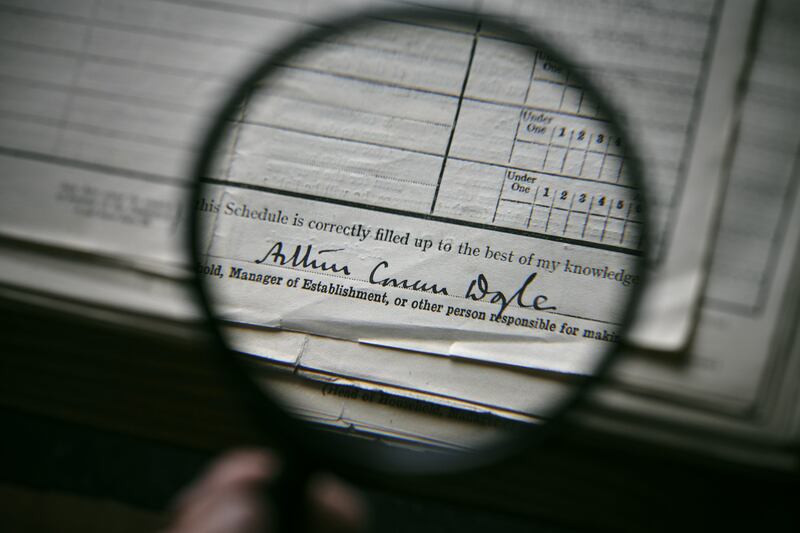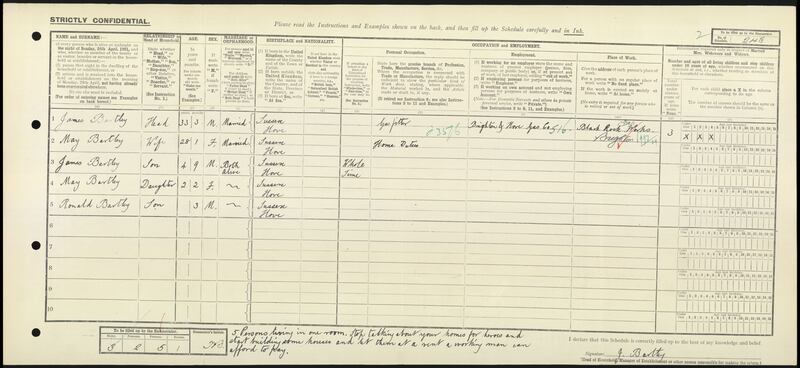Britain’s King George V, famed children’s writer Beatrix Potter and Sherlock Holmes creator Sir Arthur Conan Doyle are among the household names listed in the newly unveiled 1921 census which lays bare the public’s anger at the government.
The tally taken less than three years after the First World War contains the details of 38 million people in 8.5 million households across England and Wales including their name, age, occupation and marital status.
The records, published for the first time on Thursday after a conservation project, give people an unprecedented insight into what life was like for millions of Britons more than a century ago.
Genealogy website Findmypast and the National Archives spent three years trawling through the documents, which show that in the wake of the First World War there were 1,096 women for every 1,000 men recorded. This is the highest discrepancy since the census began in 1801, and by 1951 was still 1,081 per 1,000 men.
As there were around 1.7 million more women than men in England and Wales, many households are listed as female-only. Women who could not find husbands and therefore entered the workforce were known as “surplus women”.
The population on record between the start of the war in 1911 and when the census was taken in 1921 grew by 4.9 per cent to 37.9 million.
The census returns, which were locked in the vaults for generations, showed David Lloyd George, the prime minister at the time, was listed at Chequers, the country house of the UK's prime minister in south-east England, with his family and servants.
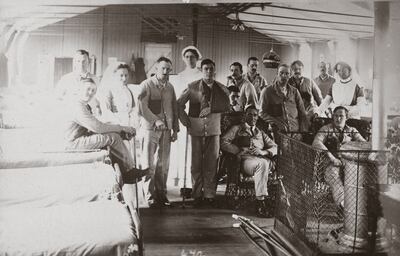
Entries from famous authors revealed in 1921 England and Wales census
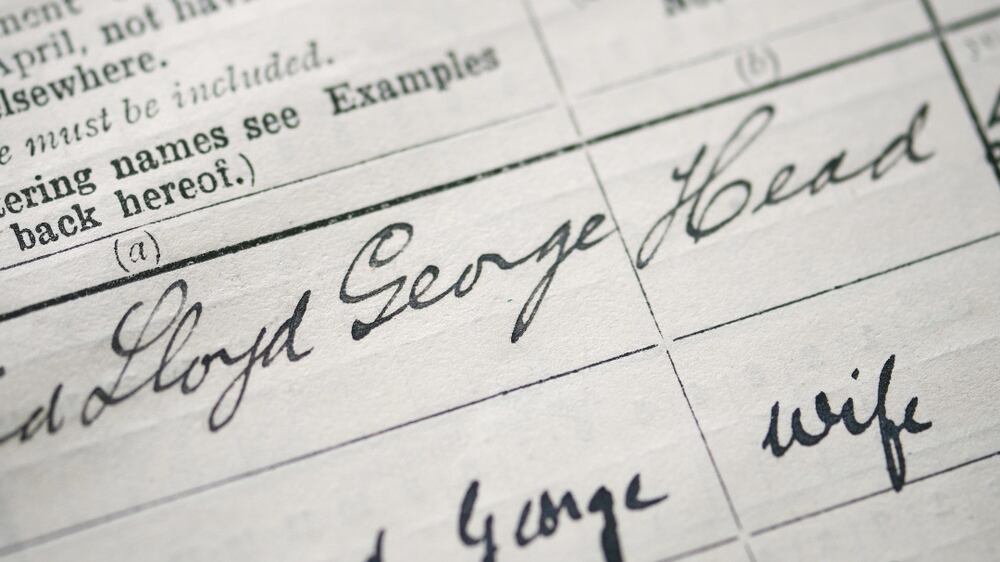
Anger at Britain’s government
Many people used scribbles and sketches to hammer home their dissatisfaction with the government three years after the Great War drew to a close.
One former serviceman, 43, whose name was difficult to make out, said it was a “disgrace” for veterans not to be afforded a pension and social support after fighting for their country.
“Remember no pension or out of work donation received. Fought since 1914 + wounded twice,” he wrote. “This case is a disgrace to the nation so called England.”
Another disgruntled citizen, Eleanor Wakeley, who looked after her nephew who had lost his hip in the war, used her document to hit out at having to pay higher taxes.
“Risen my taxes!! Instead of my being able to give to him and knight those who sit in velvet chairs,” she said. “The former rateable value was quite enough for me to have to pay – I have spent half of my income on this boy since quite a lad. I appealed – what use? I’m only a woman.”
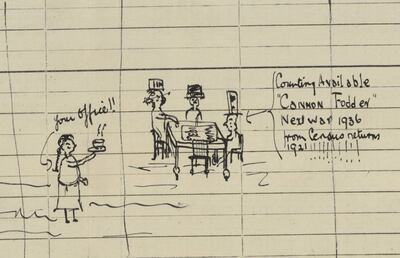
Arthur Vince, a Londoner who worked as a civil servant at the Inland Revenue, made a sketch of three men in top hats sitting at a table while a woman serves tea.
He captioned it: “Counting available ‘cannon fodder’ ... next war 1936, from census returns 1921!!!!!!!”.
All the King’s servants
The census reveals that King George V his family were supported by an army of 150 servants at Windsor Castle including 36 housemaids, 18 footmen, 17 valets, four wine cellar staff, and a luggage packer.
The youngest member of Windsor staff is an “under housemaid”, 15, from Kensington, London, called Maud Alice Swoad.
The King, who was Queen Elizabeth II’s grandfather, was joined at Windsor Castle by 210 other people, including his wife and four of his six children.
Queen Mary, and grown-up offspring Edward, Albert, Henry and Mary are all included on the form, recorded as the Prince of Wales, the Duke of York, Prince Henry, and Princess Mary, respectively.
Their youngest son, Prince John, had died two years earlier aged 13, while Prince George, 18, is listed as serving on board HMS Iron Duke, off Malta, when the census was completed on June 19.
The monarch listed almost 40 further visitors present at the time of the census, including King Alfonso XIII of Spain and other dignitaries, the seventh Duke of Richmond, Lord Revelstoke, and Lord and Lady Stamfordham.
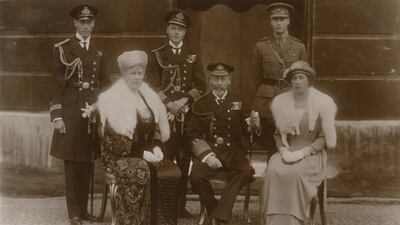
Overnight guests from afar
Sir Arthur Conan Doyle, creator of detective series Sherlock Holmes, was listed in the census along with three overnight visitors to his home.
This prompted suggestions from historians that the known paranormal investigator may have been taking part in a seance.
Such ceremonies are usually conducted by a medium.
Records show the author, 62, was joined by his wife Jean, 40, and their three children Denis, Malcolm and Jean junior, aged 12, 10 and eight, respectively, as well as five female servants.
Their three guests were named as married couple James Hewat McKenzie and Barbara McKenzie, 54 and 51, and a “spinster” entered into the census by Conan Doyle as “Ada Bassinet”, 30, from “Toledo, USA”.
It is believed this was in fact Ada Besinnet, a known American medium, while Mr McKenzie was a parapsychologist who founded the British College of Psychic Science.

Beatrix Potter shuns author title for 'farmer'
Beatrix Potter, the children’s author best known for her Peter Rabbit stories written in the early 1900s, appeared on a document under her married name, rather than her pen name.
Helen Beatrix Heelis, 54, wife of solicitor William Heelis, was described as a “farmer” due to her passion for sheep breeding and conservation at her home in the Lake District, in northern England.
